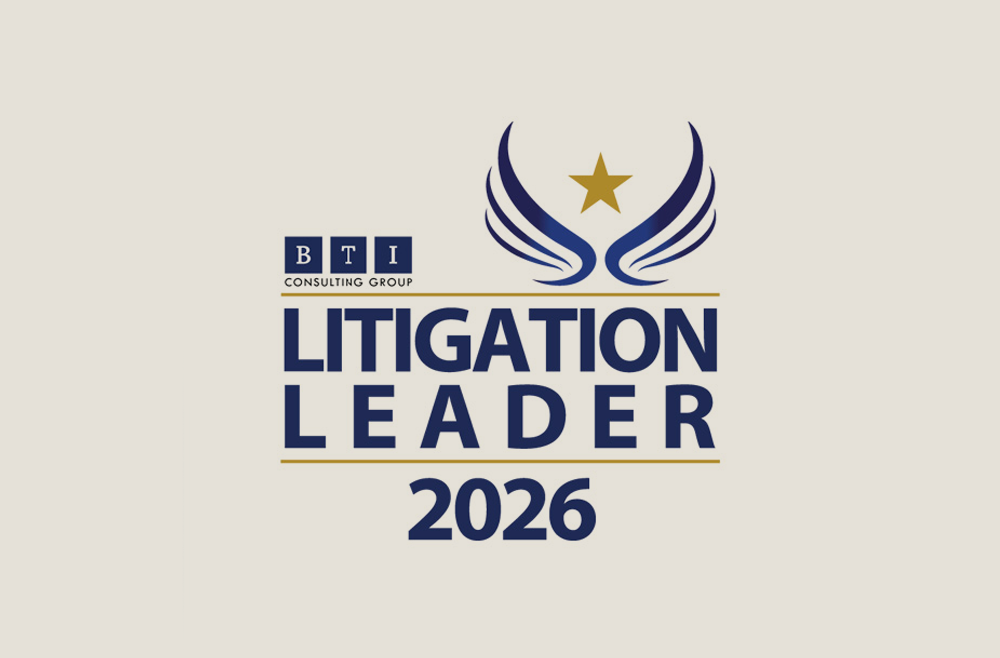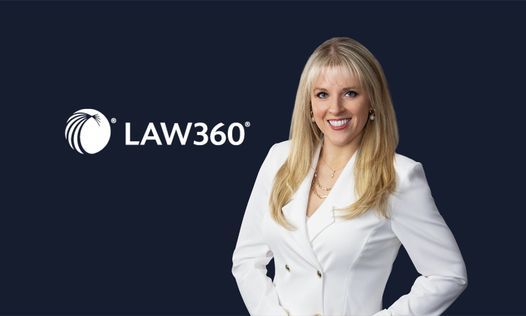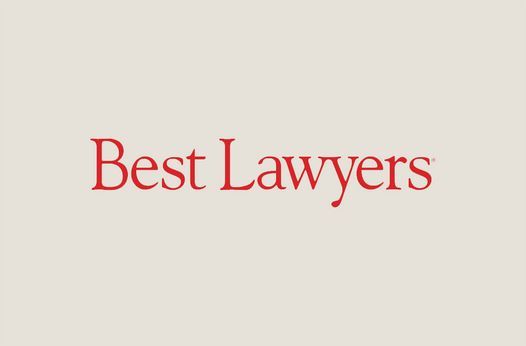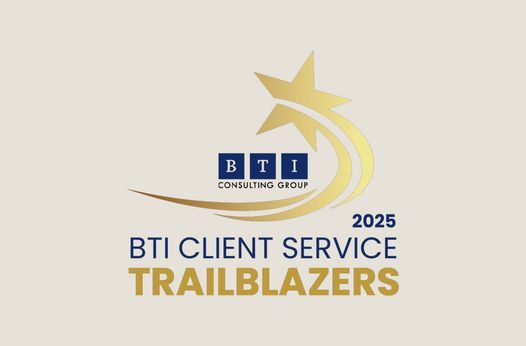California District Court Applies California's New Rule of Professional Conduct to Disqualify Firm from Representation
Lawyers for the Profession® Alert | 6 min read
Oct 22, 2018
SkyBell Technologies, Inc. v. Ring, Inc., No. 18-cv-14 (C.D. Cal Sept. 18, 2018)
Brief Summary
Law Firm bid on the representation of the plaintiff, Sky Bell Technologies ("Plaintiff"), prior to the filing of Plaintiff's patent enforcement lawsuit against the defendant, Ring, Inc. ("Defendant"). Although Law Firm was not ultimately hired by Plaintiff, it had received confidential information from Plaintiff during the pitch process. Six months after Plaintiff filed suit against Defendant, Defendant's lawyer moved to Law Firm. Law Firm established an ethical screen before Defendant's lawyer joined the firm. Plaintiff was given written notice, but did not provide written consent. Plaintiff moved to disqualify the Defendant's lawyer and Law Firm on the grounds that they had a conflict of interest with Plaintiff, a prior prospective client of Law Firm. Although it was not yet in effect, at Law Firm's insistence, the California federal court analyzed the prospective client conflict under California's New Rule of Professional Conduct, Rule 1.18. The district court ultimately granted Plaintiff's disqualification motion.
Complete Summary
Plaintiff manufactures and sells smart video doorbells, and in late 2017, decided to begin researching the ability to enforce its patents against competitors, including Defendant. In October 2017, Plaintiff approached Law Firm that had an office in the Silicon Valley about potentially handling the patent enforcement litigation. After asking Plaintiff to provide Law Firm with no more information than necessary to evaluate conflicts, the Law Firm conducted a conflict check and determined no conflict existed. Plaintiff and the Law Firm then had an hour long call with Plaintiff's executives and outside patent attorneys and discussed: (1) patents to enforce against Defendant; (2) reasons Plaintiff believed Defendant was infringing; (3) issues concerning validity and prior art; (4) Plaintiff's financial position; and (5) settlement strategy. After the call, Law Firm received additional materials and subsequently prepared a nearly 40-page written proposal for Plaintiff that included strategic analysis and recommendations for litigation. Law Firm understood it was participating in a "beauty contest" or competitive pitch process along with other law firms. Plaintiff and Law Firm later had a three hour meeting to discuss the written proposal. Ultimately, Plaintiff chose not to retain Law Firm, but they continued to discuss Law Firm's representation or the potential to act as shadow counsel.
Plaintiff filed its lawsuit against Defendant on January 5, 2018. Once the lawsuit was filed, Defendant retained a lawyer ("Lawyer") it had a longstanding and close relationship with to defend the case. Lawyer and his team spent over 1,500 hours on the case in the first five months of representation, which included settlement discussions with Plaintiff's counsel.
Roughly six months into the lawsuit, Lawyer joined Law Firm's San Francisco office on June 1, 2018. The next day, Lawyer notified Plaintiff's counsel he had joined Law Firm and that Law Firm (which had done a conflicts check) had implemented an ethical screen prior to his joining Law Firm, and provided details of the screen. One month later, Plaintiff filed a motion to disqualify Lawyer and Law Firm.
Plaintiff and Law Firm disagreed over whether California's new or old Rules of Professional conduct applied. Interestingly, it was Law Firm that argued the court should apply the new Rule 1.18 in the hope of qualifying under its exception to obtaining informed, written consent from both the prospective client Plaintiff and Defendant. Accepting Law Firm's position, the district court determined that despite the rule not becoming effective until November 1, 2018, since the California Supreme Court approved the new version of the California Rules of Professional Conduct in May 2018, it was "the best indicator of the California Supreme Court's position on the ethical issue."
Under new Rule 1.18, the district court determined Plaintiff was a prospective client because it consulted with the Law Firm as part of a beauty contest to decide whether to retain Law Firm. The district court also determined that Law Firm received confidential information from Plaintiff during the beauty contest. Law Firm argued that most of the information was already public and not confidential. However, the court noted that under new Rule 1.9, just because the information can be discovered in a public record does not, by itself, mean it is generally known and, thus, not confidential. Due to receipt of confidential information that was material to the same matter, the district court determined Law Firm could not represent a client, Defendant, with interests materially adverse to Plaintiff in the same matter without obtaining informed, written consent from both Plaintiff and Defendant, unless it qualified for an exception under new Rule 1.18(d).
There was no informed consent. Therefore, the court examined whether Law Firm took reasonable measures to avoid exposure to more information than was reasonably necessary to determine whether to represent Plaintiff, and concluded it did not. Although Law Firm took reasonable steps in order to conduct a conflict check, it did not take reasonable steps after advising Plaintiff that conflicts had been cleared. The court noted while Law Firm argued it needed Plaintiff's information to prepare a competitive proposal and only obtained information reasonably necessary to prepare the proposal, that issue is separate and distinct from whether the disclosures were reasonably necessary for Law Firm to determine whether to take the representation. The court suggested that Law Firm could have warned Plaintiff, after the conflicts check cleared, to limit the information provided and not provide the firm with confidential information, and could have made clear to Plaintiff from the outset and in its Written Proposal that the law firm would review items necessary to determine whether it would be economically feasible to take the case.
The district court also analyzed the facts under California's current Rules of Professional Conduct, Rule 3-310, and reached the same conclusion: Plaintiff was essentially the Law Firm's client, despite the fact that Plaintiff hired a different firm. The court concluded that by obtaining confidential information from Plaintiff without taking reasonable measures to avoid exposure to more information than was reasonably necessary to determine whether to represent Plaintiff and providing legal advice to Plaintiff during the pitch process, Law Firm could not then switch sides without obtaining informed, written consent. Therefore, Law Firm was automatically disqualified under California law.
Law Firm argued the policy considerations of: (1) a client's right to its choice of counsel; (2) disqualification would cause a substantial disruption to the litigation; and (3) the possibility of tactical abuse. The court noted, however, that the right to counsel must yield to ethical considerations, that Law Firm was aware of the risk when Lawyer joined the firm, and even if this type of information exchange is expected, lawyers still have to abide by ethical standards. The district court therefore granted the motion to disqualify.
Significance of Decision
In applying California law to determine matters of disqualification, the district court applied the new California Rule of Professional Conduct, Rule 1.18, which had not previously existed in California, concerning prospective client conflicts. Law Firm argued that it qualified under the Rule 1.18(d)(2) exception requiring only screening and written notice to the prior prospective client and not informed, written consent. The court held that Law Firm did not demonstrate reasonable measures to avoid exposure to more information than was reasonably necessary to determine whether to represent Plaintiff, and therefore did not qualify for the exception. Reasonable measures would include making sure the client is aware that the information being provided is going to be used to determine whether the lawyer or law firm will be able to undertake the representation or warning the client not to provide confidential information, but only enough information to help the law firm determine whether to take the case. The court further reasoned that the analysis under new Rule 1.18 was consistent with existing California law treating a prospective client from whom confidential information is obtained as a former client for conflict purposes. The court noted that in order to properly identify conflicts and avoid disqualification, lawyers and firms should include in their conflict check system prospective clients from whom confidential information is obtained (which the Law Firm had done in this case).
For more information, please contact Terrence P. McAvoy or Alyssa Johnson.
Featured Insights

Press Release
Oct 22, 2025
Hinshaw & Culbertson LLP Launches New Website and Refreshed Brand

Press Release
Sep 26, 2025
Hinshaw Recognized as a “Leader in Litigation” in the BTI Consulting Litigation Outlook 2026 Survey

Privacy, Cyber & AI Decoded Alert
Sep 23, 2025
Fall 2025 Regulatory Roundup: Top U.S. Privacy and AI Developments for Businesses to Track

Press Release
Sep 15, 2025
Hinshaw Achieves 2024–2025 Mansfield Rule Certification Plus Status

In The News
Sep 5, 2025
Jessica Riley Reflects in a Law360 Story on Lessons She Learned as a Junior Lawyer

Press Release
Aug 25, 2025
Trial Spotlight: Hinshaw Prevails in ERISA Fiduciary Fraud Case

Press Release
Aug 21, 2025
102 Hinshaw Lawyers Recognized in 2026 Editions of The Best Lawyers in America® and Ones to Watch™

Press Release
Jul 28, 2025
Hinshaw Recognized as a Client Service Trailblazer in the BTI Consulting Client Service A-Team 2025





